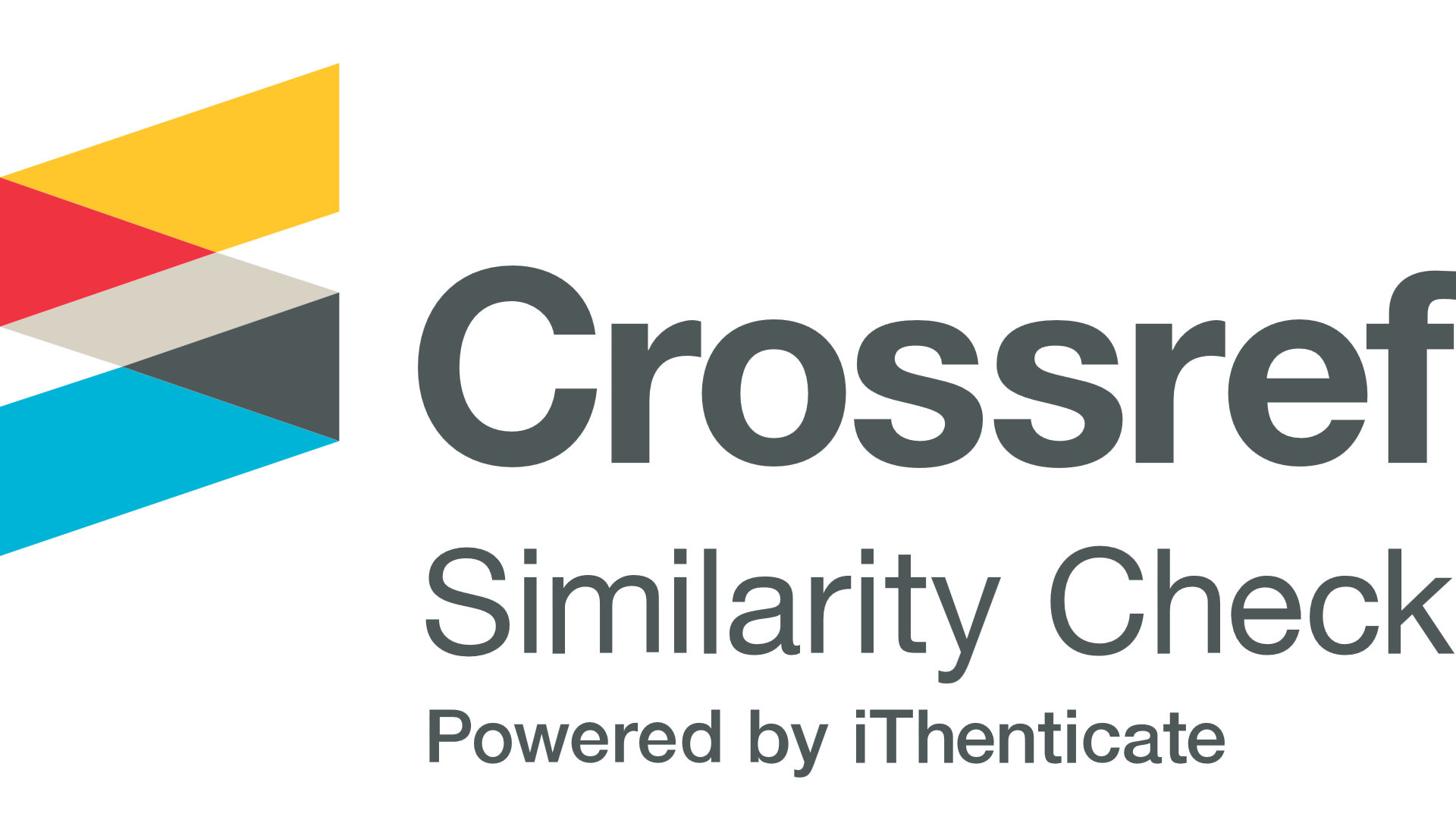مراقبة صحة الهياكل القائمة على التعلم العميق: نهج الشبكة العصبية متعددة المقاييس للكشف عن الأضرار في الوقت الفعلي في المواد المركبة
الملخص
لمراقبة صحة هيكل المواد المركبة، يجب أن تكون تقنية تحليل البيانات متطورة للغاية وقادرة على اكتشاف أنماط الأعطال متعددة المستويات والمعقدة. تم تصميم نموذج شامل للتعلم العميق للكشف عن الأضرار في الوقت الفعلي في هذه الورقة. وقد استخدم هياكل شبكات عصبية متقدمة ذات تسلسلات هرمية ثم درب النموذج على مجموعة بيانات واسعة حتى أصبح جاهزًا للتطبيق. بمعنى آخر، بدأت العملية برمتها من الصفر. نحن نعتمد هياكل شبكات عصبية ديكارتية على مستويات مختلفة من الحجم: من الميكرو إلى الماكرو. يعالج هذا النظام الضرر في المواد المركبة من الناحية اللوجستية. من خلال نهج التعلم العميق الهرمي هذا، حتى إذا كان نظام الشبكة العصبية غير قادر على التعرف على نوع معين من نمط الضرر المكاني، فلا يزال من الممكن التعرف عليه في مرحلة مبكرة. تدمج الطريقة المقترحة هنا الشبكات العصبية التلافيفية مع الشبكات العصبية المتكررة وآليات الانتباه لالتقاط أنماط الضرر المكانية والزمانية بشكل فعال. تحسب طريقة التعلم العميق لدينا دقة تحديد موقع الضرر بنسبة 94.2% في عينات اختبار البوليمر المقوى بألياف الكربون، وتُقلل من معدلات النتائج الإيجابية الخاطئة بنسبة 67% مقارنةً بمنهجيات معالجة الإشارات التقليدية. وقد أرسى هذا الإطار معيارًا جديدًا في ممارسات الصناعة، ويوفر مجموعة من الأدوات سهلة الاستخدام ذات أداء ممتاز، مع إمكانية التكرار في مواقف متنوعة، إلا أنها عالية الكفاءة من الناحية الحسابية.
المراجع
- A. M. Ma, B. J. Yu, C. W. Fan, and D. Z. Cao, “Damage detection of carbon fiber reinforced polymer composite materials based on one-dimensional multi-scale residual convolution neural network,” Rev. Sci. Instrum., vol. 93, no. 3, 2022. DOI.org/10.1063/5.0076826.
- S. Hassani, M. Mousavi, and A. H. Gandomi, “Structural health monitoring in composite structures: A comprehensive review,” Sensors, vol. 22, no. 1, p. 153, 2021. DOI.org/10.3390/s22010153.
- N. L. Rane, M. Paramesha, S. P. Choudhary, and J. Rane, “Machine learning and deep learning for big data analytics: A review of methods and applications,” Partners Univers. Int. Innov. J., vol. 2, no. 3, pp. 172–197, 2024. DOI.org/10.5281/zenodo.12271006.
- X. W. Ye, T. Jin, and C. B. Yun, “A review on deep learning-based structural health monitoring of civil infrastructures,” Smart Struct. Syst, vol. 24, no. 5, pp. 567–585, 2019. DOI.org/10.12989/sss.2019.24.5.567
- F.-G. Yuan, S. A. Zargar, Q. Chen, and S. Wang, “Machine learning for structural health monitoring: challenges and opportunities,” Sensors smart Struct. Technol. civil, Mech. Aerosp. Syst. 2020, vol. 11379, p. 1137903, 2020. DOI.org/10.1117/12.2561610.
- E. Elizar, M. A. Zulkifley, R. Muharar, M. H. M. Zaman, and S. M. Mustaza, “A review on multiscale-deep-learning applications,” Sensors, vol. 22, no. 19, p. 7384, 2022. DOI.org/10.3390/s22197384.
- A. M. Roy, “A multi-scale fusion CNN model based on adaptive transfer learning for multi-class MI-classification in BCI system,” BioRxiv, pp. 2003–2022, 2022. DOI.org/10.1101/2022.03.17.481909.
- W. M. Kouw and M. Loog, “An introduction to domain adaptation and transfer learning,” arXiv Prepr. arXiv1812.11806, 2018.DOI.org/10.48550/arXiv.1812.11806.
- S. Zhang, L. Yao, A. Sun, and Y. Tay, “Deep learning based recommender system: A survey and new perspectives,” ACM Comput. Surv., vol. 52, no. 1, pp. 1–38, 2019. DOI.org/10.1145/3285029.
- C. M. Rudin et al., “Pembrolizumab or placebo plus etoposide and platinum as first-line therapy for extensive-stage small-cell lung cancer: randomized, double-blind, phase III KEYNOTE-604 study,” J. Clin. Oncol., vol. 38, no. 21, pp. 2369–2379, 2020. DOI.org/10.1200/JCO.20.00793.
- X. Liu, Q. Shi, Z. Liu, and J. Yuan, “Using LSTM neural network based on improved PSO and attention mechanism for predicting the effluent COD in a wastewater treatment plant,” Ieee Access, vol. 9, pp. 146082–146096, 2021. DOI: 10.1109/ACCESS.2021.3123225.
- S. Patel, R. Patel, N. Ganatra, and A. Patel, “Spatial feature fusion for biomedical image classification based on ensemble deep CNN and transfer learning,” Int. J. Adv. Comput. Sci. Appl., vol. 13, no. 5, 2022. DOI:10.14569/ijacsa.2022.0130519.
- J. Cheng et al., “ResGANet: Residual group attention network for medical image classification and segmentation,” Med. Image Anal., vol. 76, p. 102313, 2022. DOI.org/10.1016/j.media.2021.102313.
- S. Kumar and H. Kumar, “Classification of COVID-19 X-ray images using transfer learning with visual geometrical groups and novel sequential convolutional neural networks,” MethodsX, vol. 11, p. 102295, 2023. DOI.org/10.1016/j.mex.2023.102295.
- A. Zafari et al., “Neural-based compression scheme for solar image data,” IEEE Trans. Aerosp. Electron. Syst., vol. 60, no. 1, pp. 918–933, 2023. DOI: 10.1109/TAES.2023.3332056.
- S. Rezaei, A. Harandi, A. Moeineddin, B.-X. Xu, and S. Reese, “A mixed formulation for physics-informed neural networks as a potential solver for engineering problems in heterogeneous domains: Comparison with finite element method,” Comput. Methods Appl. Mech. Eng., vol. 401, p. 115616, 2022. DOI.org/10.1016/j.cma.2022.115616.
- S. Cai, Z. Mao, Z. Wang, M. Yin, and G. E. Karniadakis, “Physics-informed neural networks (PINNs) for fluid mechanics: A review,” Acta Mech. Sin., vol. 37, no. 12, pp. 1727–1738, 2021. DOI.org/10.1007/s10409-021-01148-1.
- M. Agarwal, P. Pasupathy, X. Wu, S. S. Recchia, and A. A. Pelegri, “Multiscale computational and artificial intelligence models of linear and nonlinear composites: a review,” Small Sci., vol. 4, no. 5, p. 2300185, 2024. DOI.org/10.1002/smsc.202300185.
- H. Ahmadi, M. Hajikazemi, and W. Van Paepegem, “Predicting the elasto-plastic response of short fiber reinforced composites using a computationally efficient multi-scale framework based on physical matrix properties,” Compos. Part B Eng., vol. 250, p. 110408, 2023. DOI.org/10.1016/j.compositesb.2022.110408.
- C.-Z. Dong and F. N. Catbas, “A review of computer vision–based structural health monitoring at local and global levels,” Struct. Heal. Monit., vol. 20, no. 2, pp. 692–743, 2021. DOI.org/10.1177/1475921720935.
- Y. F. Saporito and Z. Zhang, “Path-dependent deep Galerkin method: a neural network approach to solve path-dependent partial differential equations,” SIAM J. Financ. Math., vol. 12, no. 3, pp. 912–940, 2021. DOI.org/10.1137/20M1329597.
- V. Sresth, S. P. Nagavalli, and S. Tiwari, “Optimizing Data Pipelines in Advanced Cloud Computing: Innovative Approaches to Large-Scale Data Processing, Analytics, and Real-Time Optimization,” Int. J. Res. Anal. Rev., vol. 10, pp. 478–496, 2023.
- J. R. Machireddy, “Data quality management and performance optimization for enterprise-scale etl pipelines in modern analytical ecosystems,” J. Data Sci. Predict. Anal. Big Data Appl., vol. 8, no. 7, pp. 1–26, 2023.
تنزيل هذا الملف
الإحصائيات
التنزيلات
كيفية الاقتباس
##submission.copyrightAndLicensing##

هذا العمل مرخص بموجب Creative Commons Attribution 4.0 International License.





